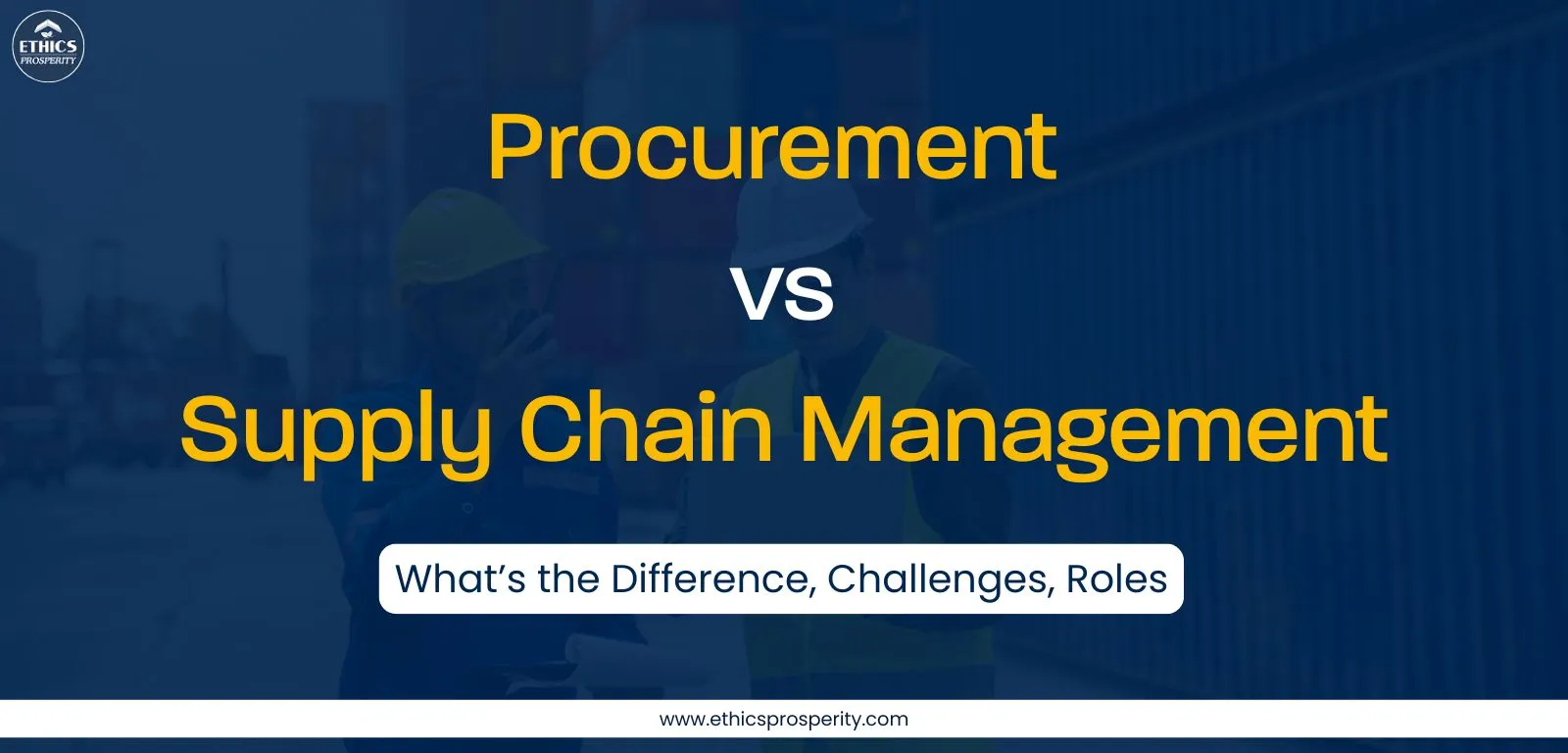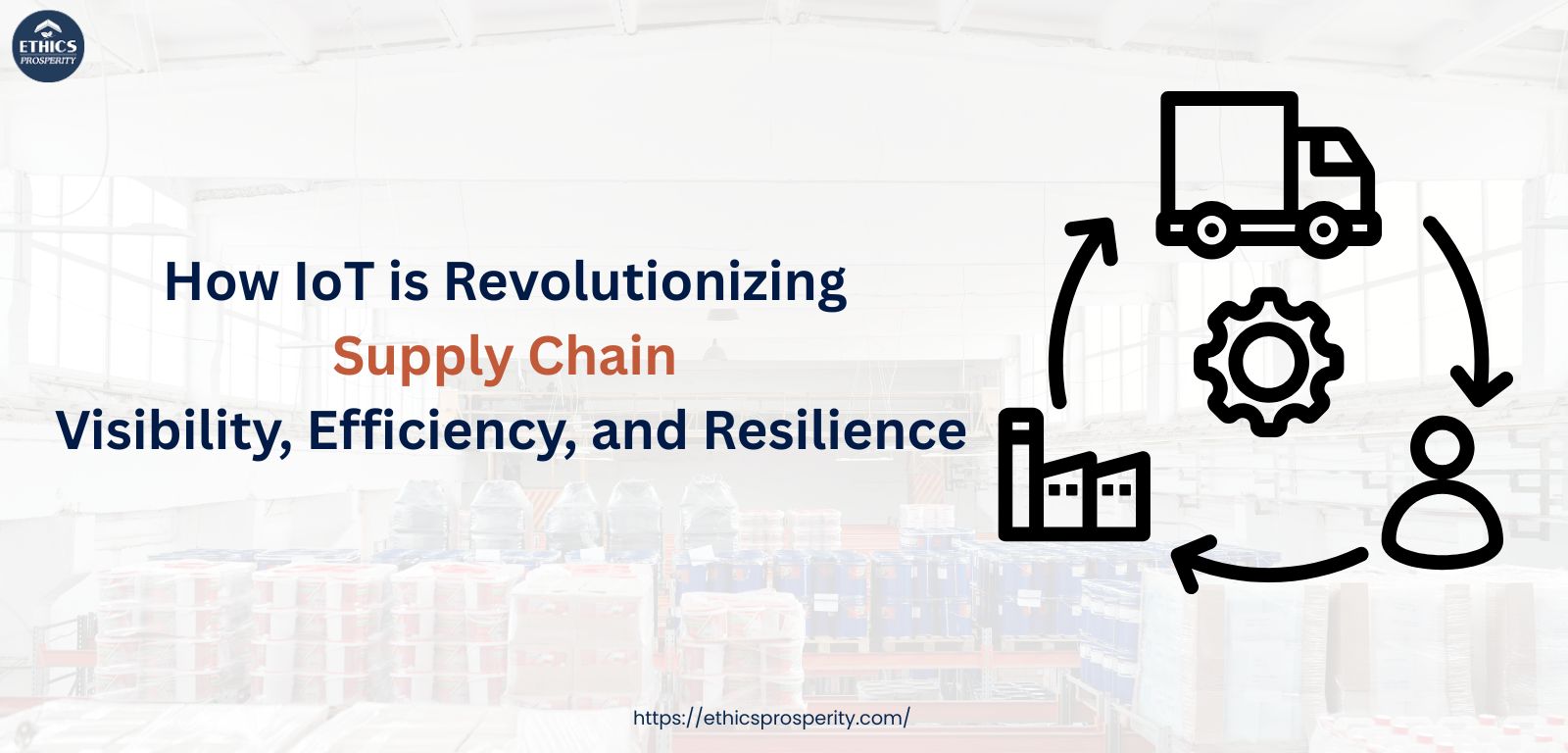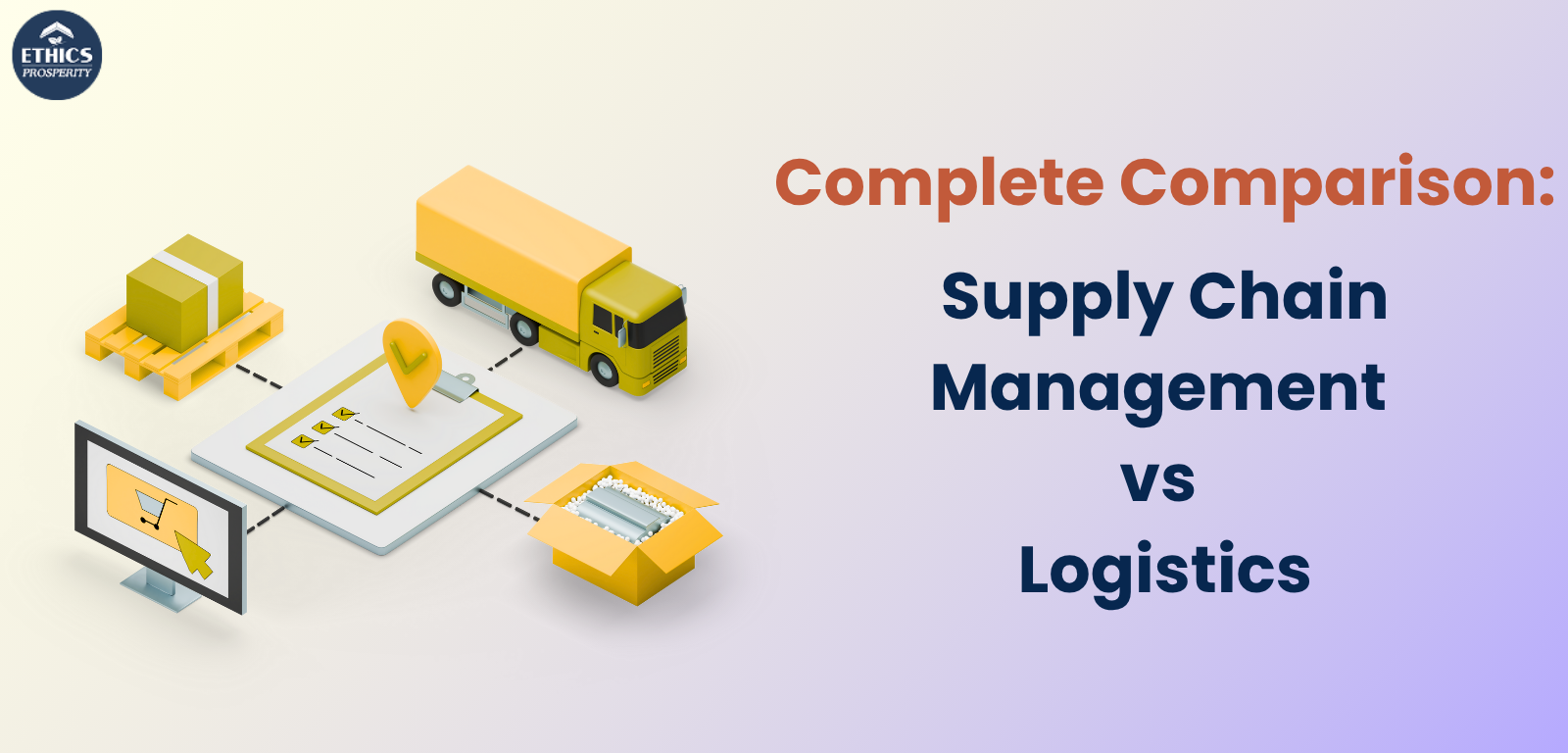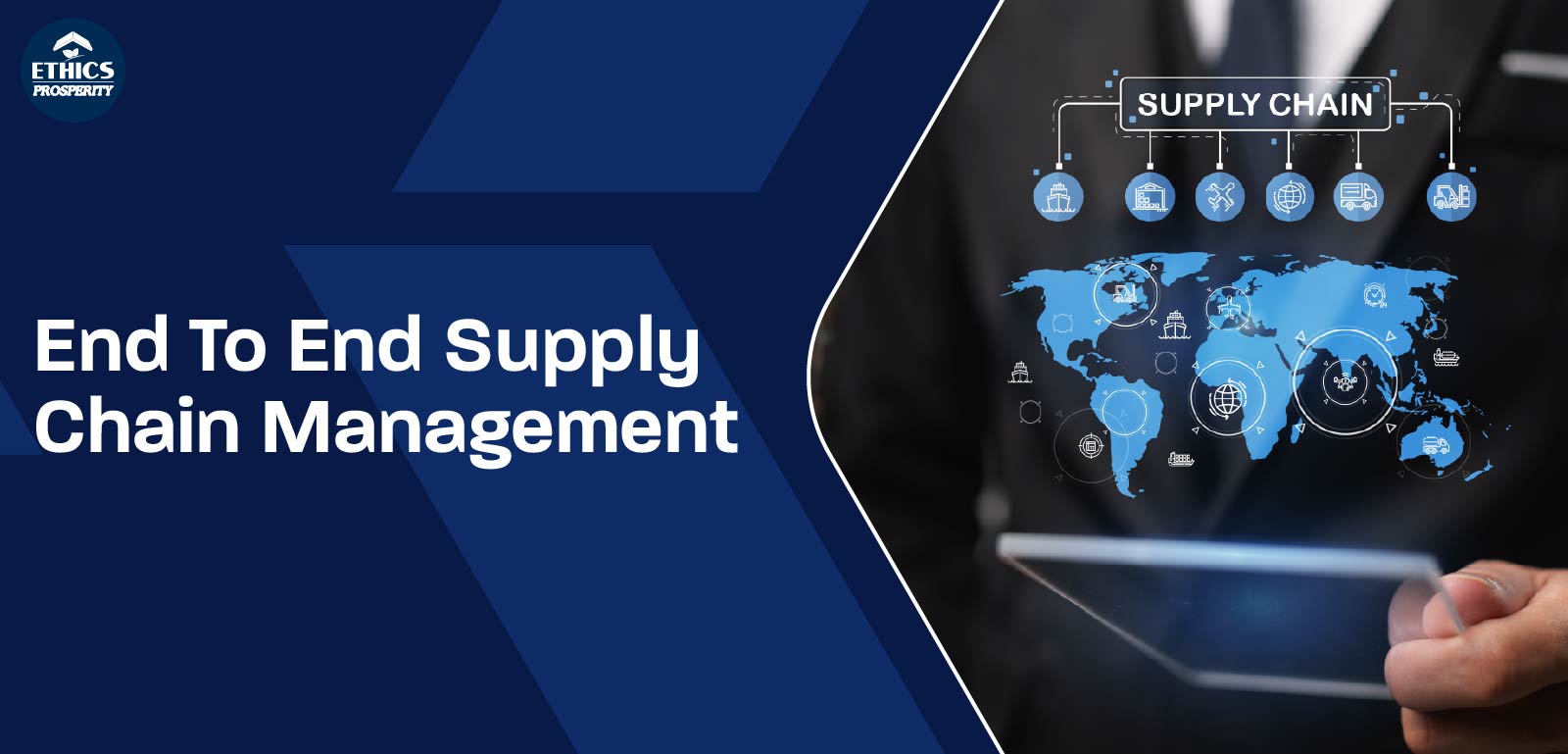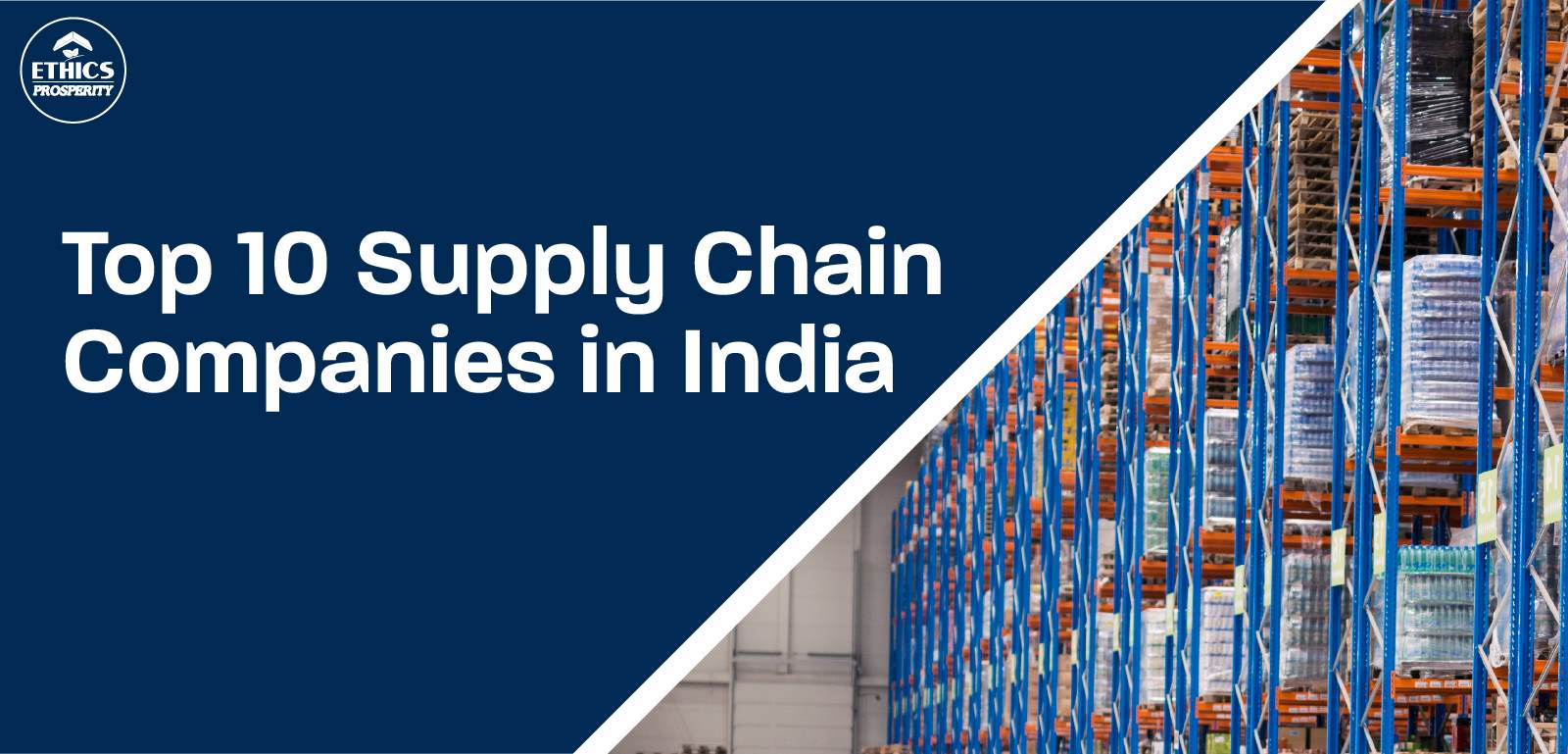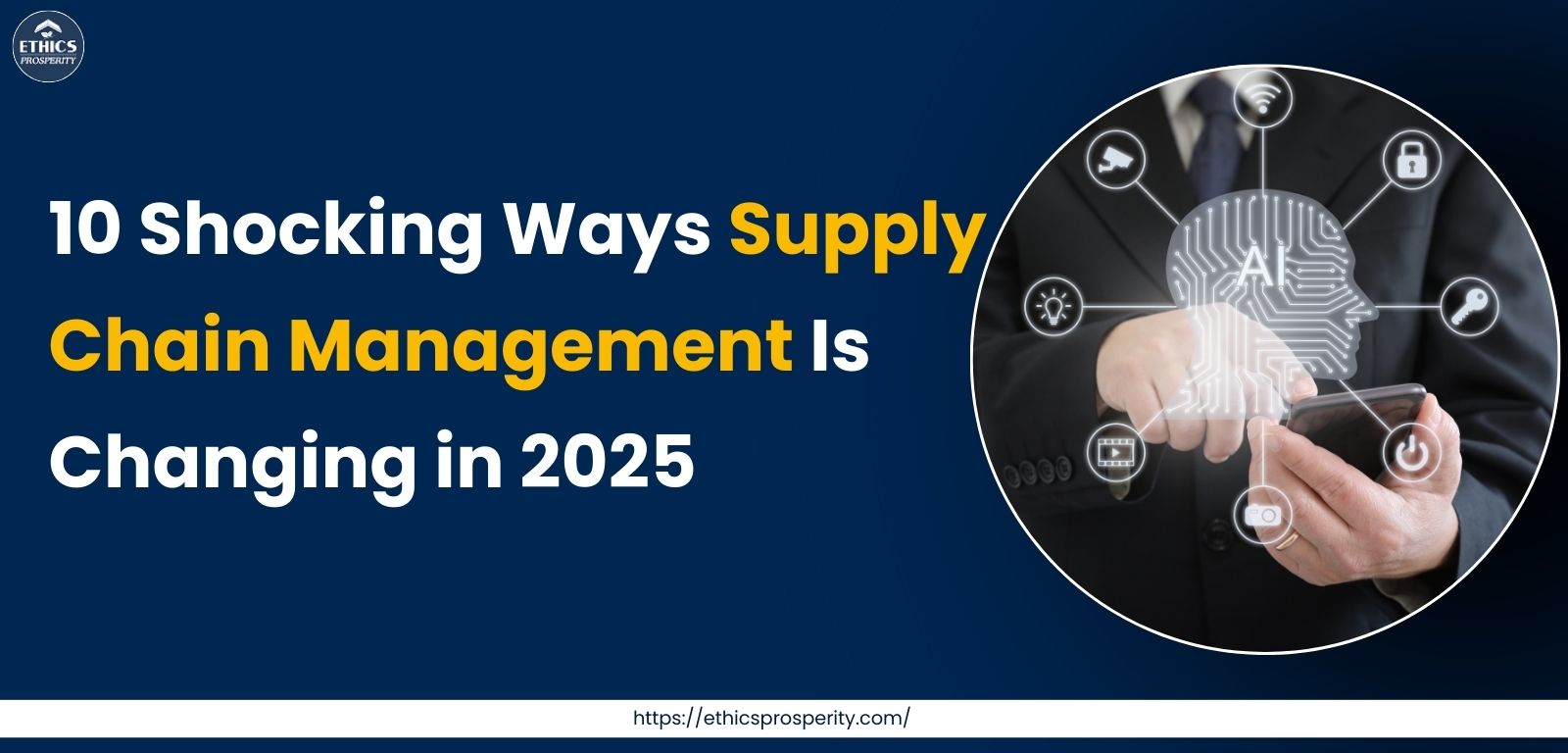The terms Procurement and Supply Chain Management (SCM) are often mistakenly used interchangeably in business discussions. This confusion is more than a simple semantics issue; it reflects a potentially fatal operational disconnect. A modern, successful enterprise must recognize procurement in supply chain as a critical function within the overarching strategy of Supply Chain Management.
To put it plainly: Procurement is about getting the best deal. SCM is about optimizing the entire value system that results from that deal.
What is Procurement?
Procurement is a focused, tactical function that centers on the acquisition of goods, services, and works from an external source. It is the process of getting the right input, at the right price, and the right time. In essence, it is the transactional engine of the value chain.
Key Focus Areas of Procurement
-
Sourcing: Identifying and evaluating potential suppliers.
-
Negotiation: Securing favorable pricing, terms, and contracts.
-
Purchasing (P2P): The actual purchase order creation and management.
-
Contract Management: Ensuring compliance with agreed-upon terms.
The primary goal of procurement in supply chain is cost reduction and risk mitigation related to the acquisition process. For example, when securing specialized storage, procurement handles the contract for Custom Warehousing services, focusing on the cost-per-pallet and SLA compliance.
What is Supply Chain Management (SCM)?
Supply Chain Management (SCM) is the strategic, comprehensive, and systemic management of the flow of goods, services, and related information from the point of origin (raw materials) to the point of consumption (the end customer). It is the holistic strategy that unites every step.
The Scope of SCM
SCM views the business as one giant, interconnected pipeline, not a series of isolated departments. It encompasses:
-
Planning: Forecasting demand and optimizing resource allocation.
-
Procurement: Integrating the sourcing function into the overall strategy.
-
Manufacturing: Production scheduling and quality control.
-
Logistics: The physical movement and storage of goods (SCM vs Logistics is a clear distinction: logistics is the execution of movement; SCM is the strategic oversight of all functions, including logistics).
-
Returns: Managing the Reverse Supply Chain.
The objective of Supply chain management is to maximize overall value, achieve a sustainable competitive advantage, and ensure seamless delivery, which far transcends simple cost savings. When managing the flow of products across India, for instance, a strategic Supply Chain Companies in India head uses SCM to decide between Full Truck Load (FTL) or Part Truck load (PTL) carriers, and which Warehouse Companies in India to partner with, based on customer delivery speed, not just cost.
Key Differences Between Procurement and Supply Chain Management
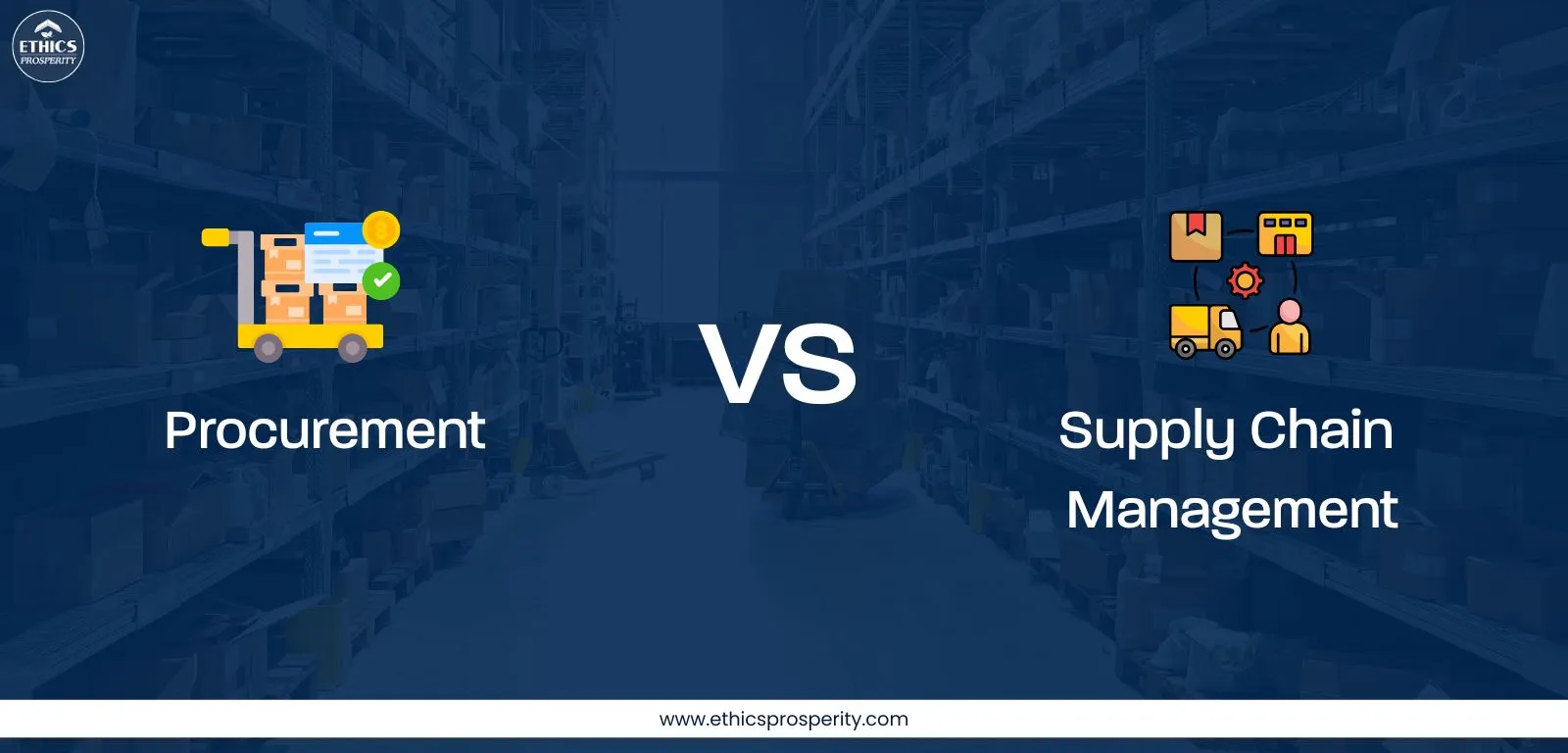
|
Aspect |
Procurement |
Supply Chain Management |
|
Definition |
Process of sourcing and acquiring goods and services. |
Coordination of all supply chain activities from sourcing to delivery. |
|
Focus |
Supplier management, negotiation, and purchase decisions. |
End-to-end flow of goods, information, and finances. |
|
Objective |
Cost efficiency, quality assurance, and supplier reliability. |
Operational efficiency, agility, and customer satisfaction. |
|
Scope |
A subset of SCM. |
Includes procurement, production, warehousing, and logistics. |
|
Key Tools |
e-Procurement, contract management systems. |
WMS, TMS, ERP, and AI-based planning tools. |
Both functions are interconnected — procurement secures the supply, while SCM ensures the supply flows efficiently to its final destination.
Challenges and Solutions in Procurement and SCM
The complexity of the global market generates distinct Challenges in Procurement and Challenges in supply chain that must be addressed with cutting-edge strategies and technology.
Challenges in Procurement
-
Supplier Risk and Volatility: Geopolitical instability, currency fluctuation, and single-sourcing risks can halt production entirely.
-
Solution: Advanced data modeling to identify risk and the use of global sourcing networks. Implementing Blockchain in Supply Chain enhances contract visibility and supplier audits, dramatically increasing transactional trust.
-
Lack of Spend Visibility: Understanding where every dollar is spent across the organization remains difficult for many large enterprises.
-
Solution: Deployment of robust e-procurement platforms that centralize all purchasing data, providing instant, accurate spend analysis.
-
Ethical and Sustainable Sourcing: The modern B2B mandate requires verified, ethical supply chains.
-
Solution: Leveraging Blockchain in Supply Chain for proof-of-provenance, providing immutable records of material origin and labor conditions.
Challenges in Supply Chain Management
-
Agility and Speed (The Last Mile Problem): Consumer demand, accelerated by models like Quick Commerce Companies, requires near-instantaneous fulfillment. The traditional supply chain struggles with the high cost and complexity of the Last Mile.
-
Solution: Strategic adoption of decentralization. This includes implementing Micro-Fulfillment centers and partnering with hyper-efficient Last Mile Delivery Companies. The difference between a rapid, localized delivery (the Quick commerce vs e-commerce race) is often decided by this localized strategy.
-
Complexity of Inventory and Network: Managing the flow of goods globally requires immense visibility and control.
-
Solution: Smart Warehousing powered by integrated Warehouse Management System (WMS) and IoT sensors. This technology provides the real-time, global inventory visibility needed to prevent bottlenecks and avoid overstocking.
-
Reverse Flow Management: Handling returns, repairs, and recycling (Reverse Supply Chain) is a major cost center that is often neglected.
-
Solution: Designing the initial End-to-End Supply Chain Management process with returns in mind, leveraging specialized Reverse Supply Chain logistics partners and dedicated inspection facilities to salvage value from returned goods.
Evolving Roles in Procurement and SCM
The most profound change I've seen in my 40 years is the convergence of these roles. The rigid lines that once defined procurement in supply chain and the broader logistics team are blurring:
-
The Strategic Procurement Officer: This role is no longer just a buyer; they are a strategic partner who must understand the downstream implications of a contract. They must model how a supplier's location or their material handling process will impact the firm's total cost to serve, not just the purchase price.
-
The Integrated Supply Chain Leader: This person is the architect of the entire value network. They use data from the WMS, procurement systems, and Last Mile Delivery Companies to model scenarios, predict risk, and build resilience. Their focus is on the seamless execution of inbound and outbound logistics. They recognize that a dollar saved by procurement is useless if the product spoils in transit or is delayed in a suboptimal Warehouse and Logistics setup.
The Technology Nexus
The convergence is driven entirely by technology. The new skill for both sides is data literacy and a grasp of automation. From utilizing Smart Warehousing solutions to managing part Truck load shipments with dynamic routing software, both teams must speak the language of optimization and systems integration. The future will reward those Supply Chain Companies in India that treat procurement and SCM as two sides of the same, digitally-enabled coin.
Procurement and SCM in the Digital Age
The rise of Industry 4.0 has redefined traditional supply chain and procurement practices.
-
Smart Warehousing: Integrates robotics, automation, and IoT for faster and error-free fulfillment.
-
Blockchain in Supply Chain: Ensures secure, tamper-proof data exchange across partners.
-
Micro-Fulfillment: Enables near-instant deliveries for Quick Commerce vs E-Commerce operations.
-
AI and Predictive Analytics: Provide end-to-end visibility and risk forecasting.
Together, these technologies build the foundation for end-to-end supply chain resilience and business agility.
Conclusion
The successful B2B enterprise of today and tomorrow understands that Procurement vs. Supply Chain Management is a false dichotomy. Procurement is a tactical core competency, but SCM is the overarching, holistic, and strategic discipline that extracts maximum value from every function, process, and partnership.
To achieve true End-to-End Supply Chain Management, leaders must mandate collaboration. Cost savings generated by procurement in supply chain must be protected by the agility and visibility provided by smart SCM systems. By treating these two powerful functions as an integrated, data-driven partnership, you overcome the key Challenges in supply chain and unlock a sustainable competitive advantage in any market. The ultimate blunder is to allow either function to operate in isolation.
At Ethics Prosperity, we specialize in end-to-end supply chain solutions — integrating procurement intelligence, logistics management, and custom warehousing for optimized performance and long-term growth
